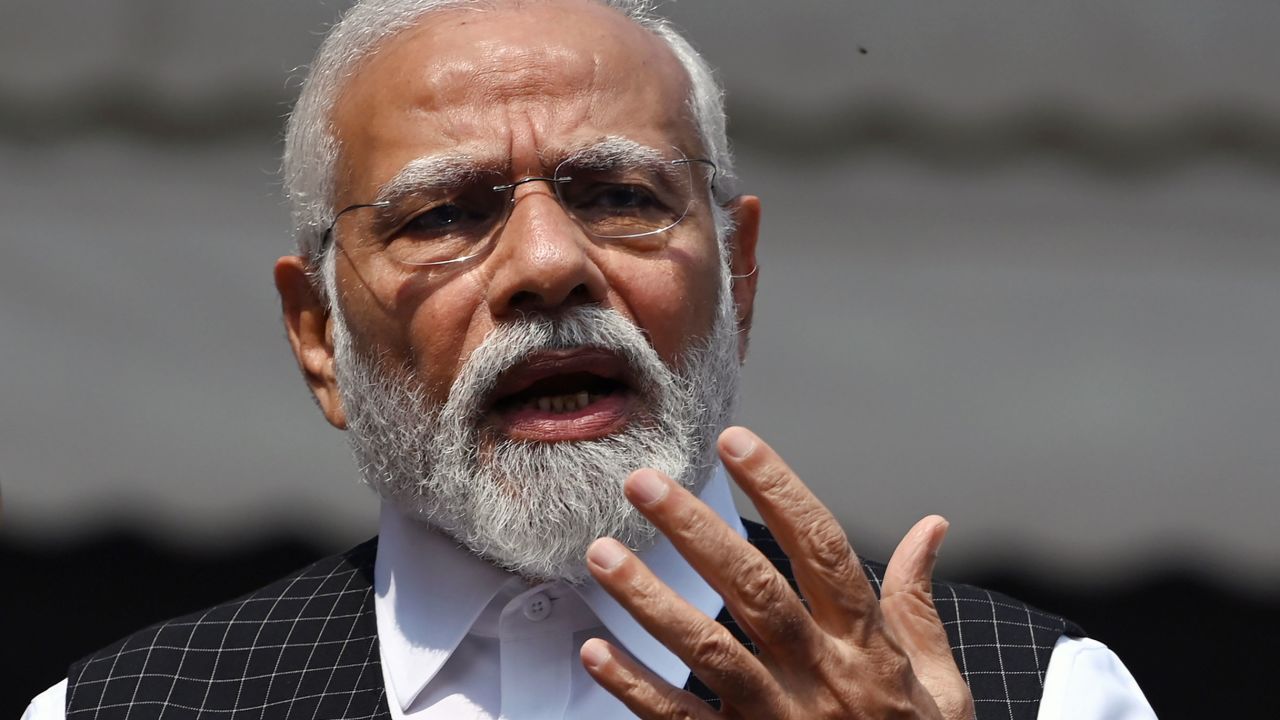Modern Infrastructure Gets Remarkable ₹34 Lakh Crore Investment Over 9 Years, Reveals PM Modi

Modern Infrastructure Gets Remarkable ₹34 Lakh Crore Investment Over 9 Years, Reveals PM Modi
In a significant announcement that has captured the nation’s attention, Prime Minister Narendra Modi recently shared that an impressive ₹34 lakh crore has been invested in modern infrastructure projects during the last nine years. This massive investment shows the government’s strong commitment to transforming India’s landscape and driving progress and prosperity.

The focus of this colossal undertaking is to strengthen key sectors like transportation, energy, and telecommunications, which will boost the economy and improve the lives of millions of people across the country. These ambitious projects have touched every part of India, ushering in a new era of development and inclusivity.
One notable aspect of this huge initiative is the variety of infrastructure projects. From top-notch highways and modern railways to renewable energy projects and cutting-edge digital networks, the investment plan has been carefully crafted to meet India’s diverse needs and aspirations.
Transportation has been a major priority as it plays a crucial role in a thriving economy. The “Bharatmala” project aims to build an extensive network of highways spanning thousands of kilometers, connecting even the most remote areas. These highways not only improve connectivity and trade but also create numerous job opportunities.
The government’s efforts to expand the railway network have revolutionized travel in India. The “Sagarmala” initiative focuses on modernizing port infrastructure, boosting maritime capabilities and facilitating trade and investment.

Sustainability is also at the forefront of this journey, with a strong emphasis on renewable energy sources. The government has set up vast solar and wind power plants, reducing the impact of climate change and promoting a greener future.
In the digital age, robust telecommunications infrastructure is crucial. The “Digital India” initiative has played a key role in bridging the digital divide, bringing technology benefits to every corner of India. Improved internet connectivity has transformed businesses and empowered citizens with access to information and services.

It is worth noting that the government’s efforts extend beyond physical projects. Policy reforms and streamlined bureaucratic processes have further facilitated the timely execution of projects, ensuring their efficiency.
The impact of this massive infrastructure drive can be felt in many aspects of daily life. Better roads and highways reduce travel time, improving productivity and bringing communities closer. Modern ports and airports boost trade, making India a global player in commerce.
Moreover, the focus on renewable energy has reduced the nation’s carbon footprint and made energy more affordable and accessible, benefiting rural areas significantly. The digital revolution has enabled citizens to access essential services, education, and healthcare, irrespective of their location.
The job market has also seen significant growth due to these infrastructure projects. Millions of job opportunities, both skilled and unskilled, have been created, raising the standard of living for many families and instilling a sense of pride among the workforce.
Critics argue that such massive investments could lead to a burden of debt, but the government assures that these projects are strategic investments with long-term benefits. Increased economic activities, improved efficiency, and enhanced competitiveness will help repay these investments and stimulate further growth.
This massive investment in modern infrastructure has set India on a trajectory of remarkable progress and growth, with tangible benefits that have positively impacted the lives of its citizens. Let us delve deeper into some of the key sectors that have witnessed transformational changes due to this unprecedented push for development.
The transportation sector has been at the forefront of the infrastructure revolution. The extensive network of highways constructed under the “Bharatmala” project has not only facilitated seamless movement of goods and services but has also reduced travel time for commuters. The enhanced connectivity has opened up new economic opportunities for remote regions, as businesses can now access larger markets efficiently. Moreover, the improved transportation network has played a pivotal role in the government’s “Make in India” initiative by providing manufacturers with better access to raw materials and distribution networks.
India’s railways, which have been the lifeline of the country for centuries, have experienced significant modernization. The expansion of railway lines and the introduction of high-speed trains have revolutionized intercity travel, making it faster, safer, and more comfortable. This has also led to an increase in tourism, as people can explore different parts of the country with ease.
In conclusion, the revelation of ₹34 lakh crore spent on modern infrastructure over the last nine years demonstrates India’s commitment to progress and development. The transformative impact of these investments has reached every corner of the nation, empowering citizens and elevating India’s position on the global stage. As the nation looks forward to a future of endless possibilities, one thing remains certain – India’s journey towards progress is now built on a strong foundation of modern infrastructure that will shape the nation’s future for generations to come.




